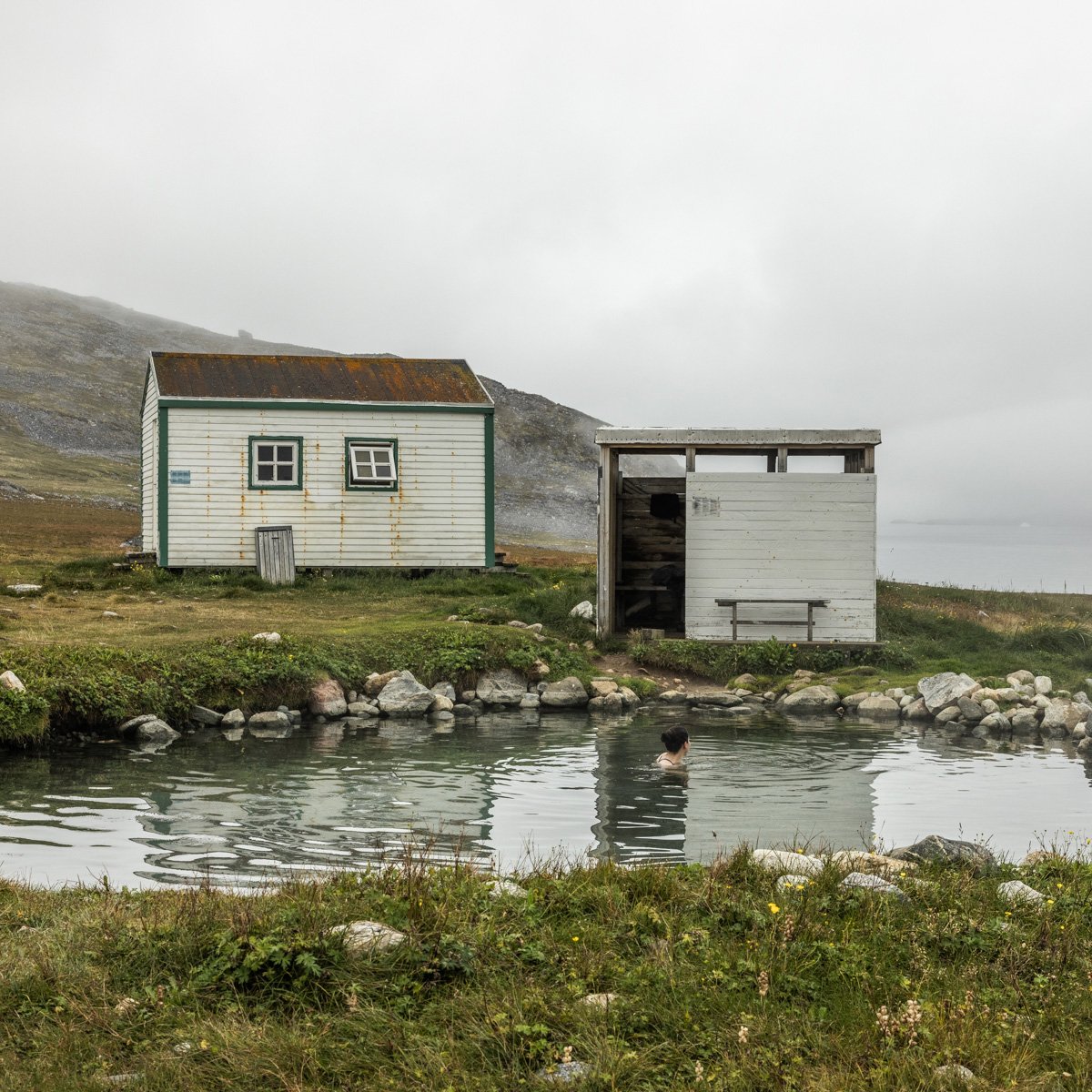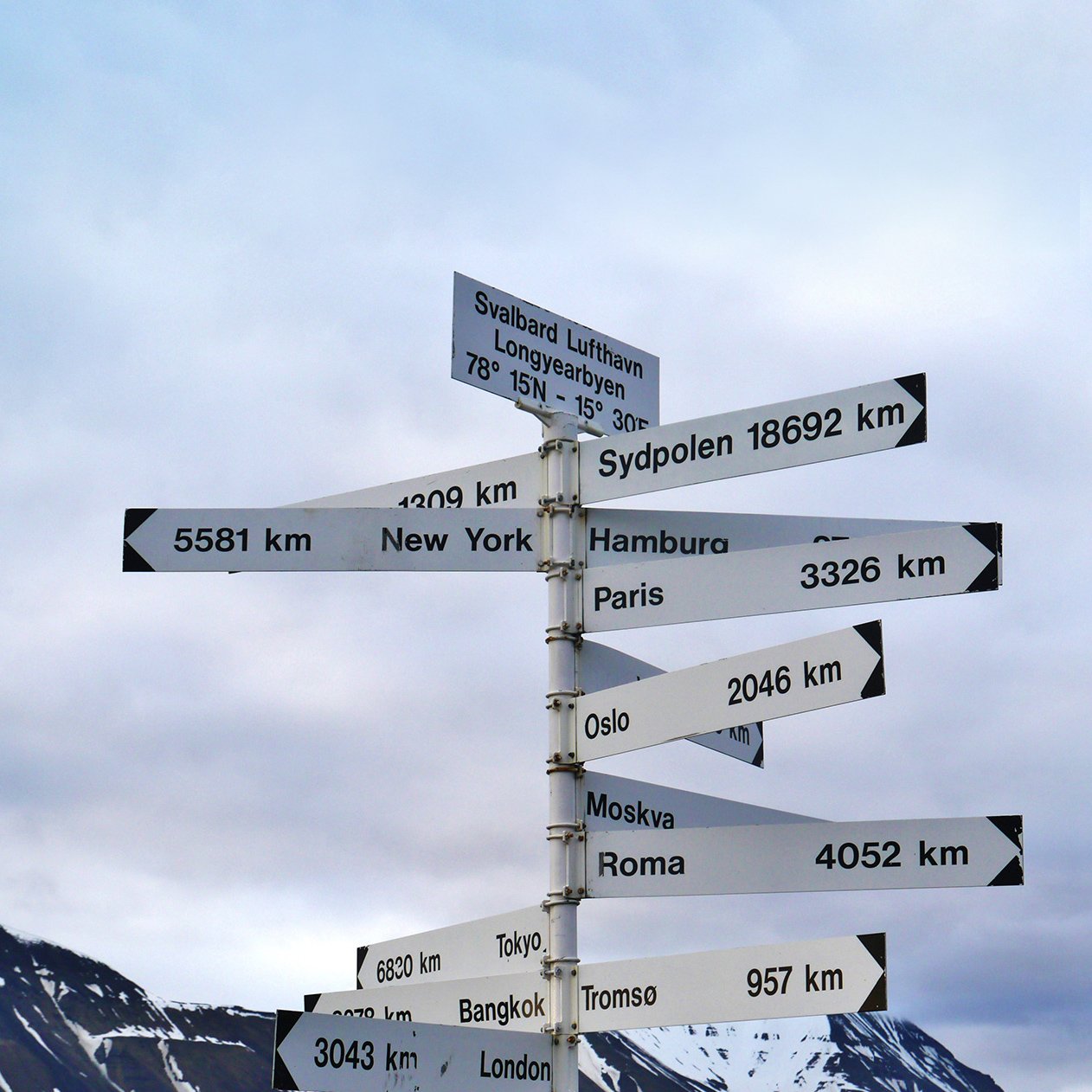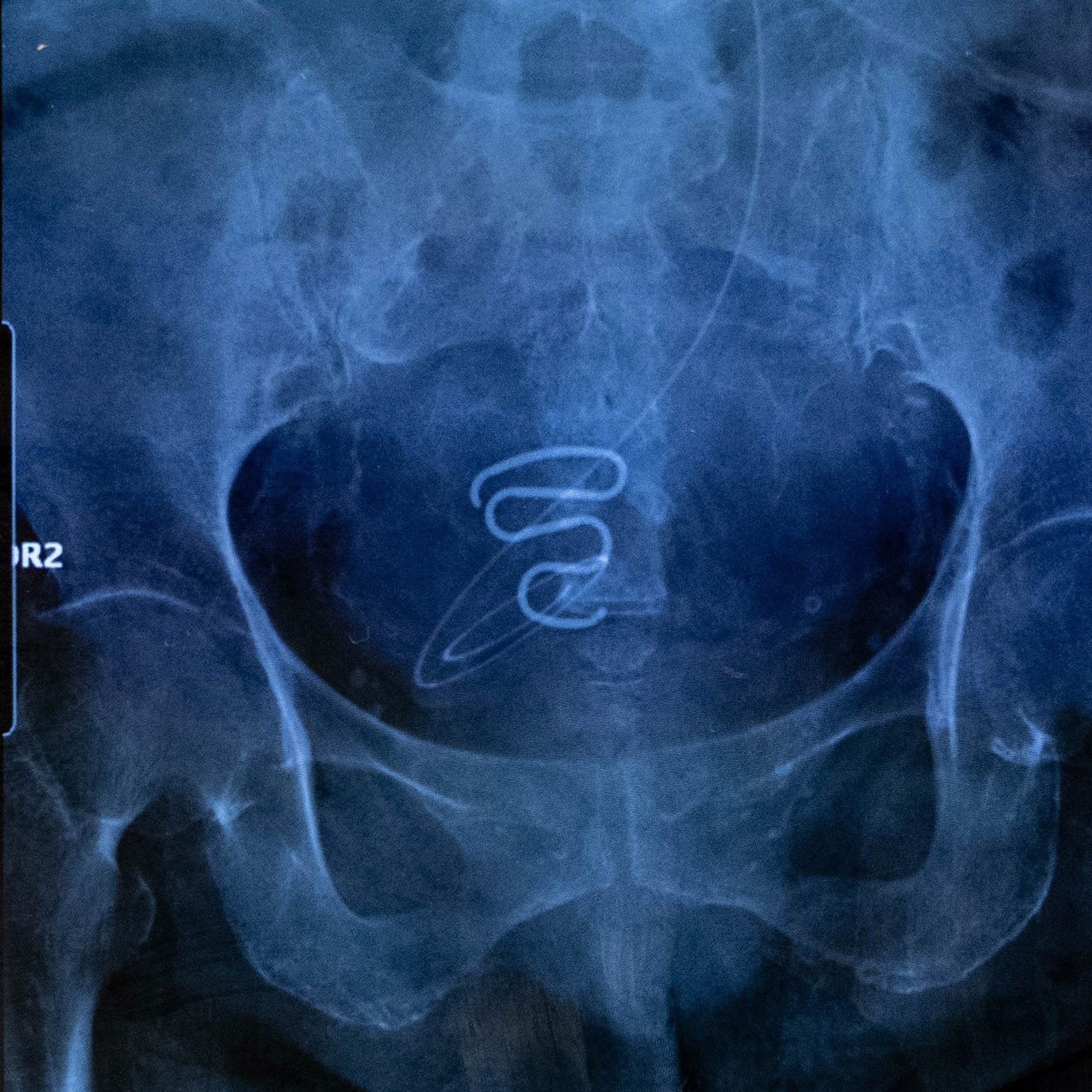The Pursuit of Greenland
Does anyone on the island actually want to join the United States?
APRIL 1, 2025
Donald Trump hopes to control Greenland, a strategic territory rich in mineral resources. But will his plans help the local inhabitants, who dream of emancipation from Denmark?
The autonomous territory is still a part of Denmark, its former colonial ruler. Denmark retains control of security and foreign policy and sends Greenland 4.1 billion Danish krone ($600 million)— nearly half of the territory’s budget — every year.
In elections on March 11, a majority of Greenland’s voters backed the center-right Democrat party, which favors independence from Denmark over the long term. Interest in the territory’s mineral resources has raised hopes among some Greenlanders of future wealth but also concerns about foreign interference.
Trump first talked about buying the territory in 2019, claiming it was vital to the United States’ national security. During a press conference at Mar-a-Lago on January 7, 2025, he didn’t rule out the use of force to take control of Greenland. Several hours later, his son Donald Trump Jr arrived in Nuuk, Greenland’s capital, in what appeared to be a public relations campaign designed to make Americans believe that Greenlanders want to join the U.S.
The U.S. has been present on the island for decades. It took control of Greenland during the German occupation of Denmark in World War II and stayed until after the Cold War, at the military base of Thule. The site has since been rebaptized Pittufik Space Base and is considered key to the remilitarization of the Arctic. (The U.S. also twice offered to buy the territory, first in 1867 and again in 1946; Denmark refused both times.)
But despite the Trump administration’s interest in taking control of Greenland, there is little desire among Greenlanders to become a part of the U.S. — even among the few Trump supporters who are tired of Denmark’s influence.
On March 28, Greenland received another unsolicited visit from an American delegation, which this time included Vice President J. D. Vance, his wife Usha Vance, National Security Adviser Mike Waltz and Energy Secretary Chris Wright.
Greenlanders saw the arrival of the U.S. delegation as a provocation. The territory is currently governed by a caretaker government as political parties negotiate a new coalition. In an interview with a local paper, Prime Minister Mute B. Egede called the visit “highly aggressive,” suggesting, “The only purpose is to demonstrate power over us.”
Snowstorm in Nuuk, on January 20. The capital of Greenland is located on the west coast of the island and is home to just over 19,000 people. The territory, which is four times as big as France, has been thrust into the spotlight after Donald Trump once again expressed an interest in seizing control of it on January 7, shortly before his inauguration as U.S. president.
A local Trump supporter received a “Make America Great Again” cap during Donald Trump Jr.’s visit to Greenland on January 7. Greenlanders were shocked to see two American YouTubers close to the MAGA movement, who traveled with Trump Jr. to Nuuk, distributing caps and $100 bills in the city.
Two Hercules planes land at the airport in Nuuk on March 23, transporting American security personnel and four armored vehicles in preparation for the visit of national security adviser Mike Waltz, energy secretary Chris Wright, Vice President J. D. Vance and his wife Usha Vance. Jorgan Boassen, a local Trump supporter who helped organize Donald Trump. Jr’s visit in January, takes a selfie in front of the U.S. Air Force plane.
People watch a debate between Denmark and Greenland, organized by Danish broadcaster TV2, at a cultural center in Nuuk on January 19. It’s the first time such an event has taken place. The debate touched on sensitive issues such as the forced sterilization of Greenlandic women under Danish colonial rule.
A woman hangs up a flag in support of the social-democratic Siumut party, ahead of the March elections. Siumut and Inuit Ataqatigiit, which governed together in a coalition, both lost seats in the election. The socially liberal Democrat party came out on top, while the nationalist Naleraq party, which favors a snap election on independence, became the second largest party. The election campaign was mostly focused on social issues.
Kuno Fencker, a member of Naleraq, photographed in Nuuk on January 25. He traveled to Washington alongside Jorgen Boassen for Trump’s investiture on January 20. The trip was organized and financed by American Daybreak, an organization founded by Tom Dans, a private equity investor who was appointed to the U.S. Arctic Research Commission during Trump’s first term.
Entrance to the former mine of Kvanefjeld, near Narsaq in southern Greenland. A uranium mining project at Kvanefjeld led to a political crisis in 2021. The ruling left-wing, environmental party Inuit Ataqatigiit passed a bill outlawing uranium extraction for environmental reasons. But the victory of the Democrat party in the March elections could change things.
Rare earth rock samples in the offices of the mining company Greenland Minerals in Narsaq in May 2023. Kvanefjeld is potentially the second largest global repository of rare earth minerals that are essential to the manufacturing of devices like smart phones as well as weapons and green technologies.
Greenlanders gather at the parliament in Nuuk for an official celebration of the island’s culture on January 18. Members of each of the political parties campaigning in the March elections are present for the event and engage with locals over coffee and cake.
Justina Inusuglok, 67, lives in social housing on the outskirts on Nuuk that she rents for 2,000 krone ($290) per month. According to the latest census, there are nearly 500 homeless people in Greenland, which amounts to nearly 1 percent of the population. The real number is likely higher. “For the people who come here, this stuff about Trump and independence doesn’t mean much. Their priority is finding somewhere to live and something to eat and knowing that their children are OK,” said Nathanaël Muunch, local director of the Salvation Army.
Hearing outsiders say they want to buy Greenland is profoundly alien, said Paninnguaq Korneliussen, an activist, on January 14. “It’s unthinkable, because it’s not in our culture and not a part of our mentality. You don’t own people. You don’t own the land.”
A crow in the snow in Nuuk, on January 20. In Inuit mythology, Tulugaak, the crow is part of the world’s origin story.
Greenlanders watch Trump’s inauguration at a bar in Nuuk on January 20. Aaja Chemnitz, one of the two Greenlandic members of the Danish parliament, told fellow MPs in Copenhagen in February that only 6 percent of Greenland’s population wants to be part of the U.S.
Nuuk city center on March 5.
Mute B. Egede, the exiting prime minister of Greenland and head of the left-wing Inuit Ataqatigiit party, attends a protest to condemn racism and sidelining of Greenlandic voices in today’s debate on the future of Greenland on February 27. For his party, which was part of the ruling coalition since 2021, the recent election was a failure. It obtained only 21.4 percent of the vote (down from 36.6 percent in 2021) and came in third.
The façade of a shop in Nuuk city center on January 10. It’s hard to ignore the presence of American culture in Greenland’s capital. There are shops with names like “California,” T-shirts and caps for sale bearing stars and stripes. In the streets, young people speak English, which they learn via YouTube, TikTok and social media and often prefer to Danish. Many find the “American dream” more attractive than the current relationship with Denmark.
Jorgen Boassen, 51 and a mason, is a fervent MAGA supporter. He embraces nationalist, anti-immigration rhetoric and would like to see the U.S. military defend an independent Greenland.
Timmy Zeeb, an ex-convict, and his rottweiler Daisy in Nuuk, on January 12. He was convicted to four years in jail on drug trafficking charges as part of one of Greenland’s largest illegal marijuana cases. He is also known for participating in a video about Donald Trump Jr.’s visit made by supporters, declaring: “Buy Greenland because we don’t want to be colonized by the Danish government anymore.”
A protest in front of the parliament in Nuuk on February 27 to condemn racism and the marginalization of Greenlandic voices in the current political debate.
Apartment blocks in the Radiofjeldet neighborhood of Nuuk. Starting in the 1960s, the Danish government displaced entire villages to suburban areas to lower administration costs. Fishermen and hunters arrived with their equipment and felt lost; they had never lived outside of the Arctic circle.
























